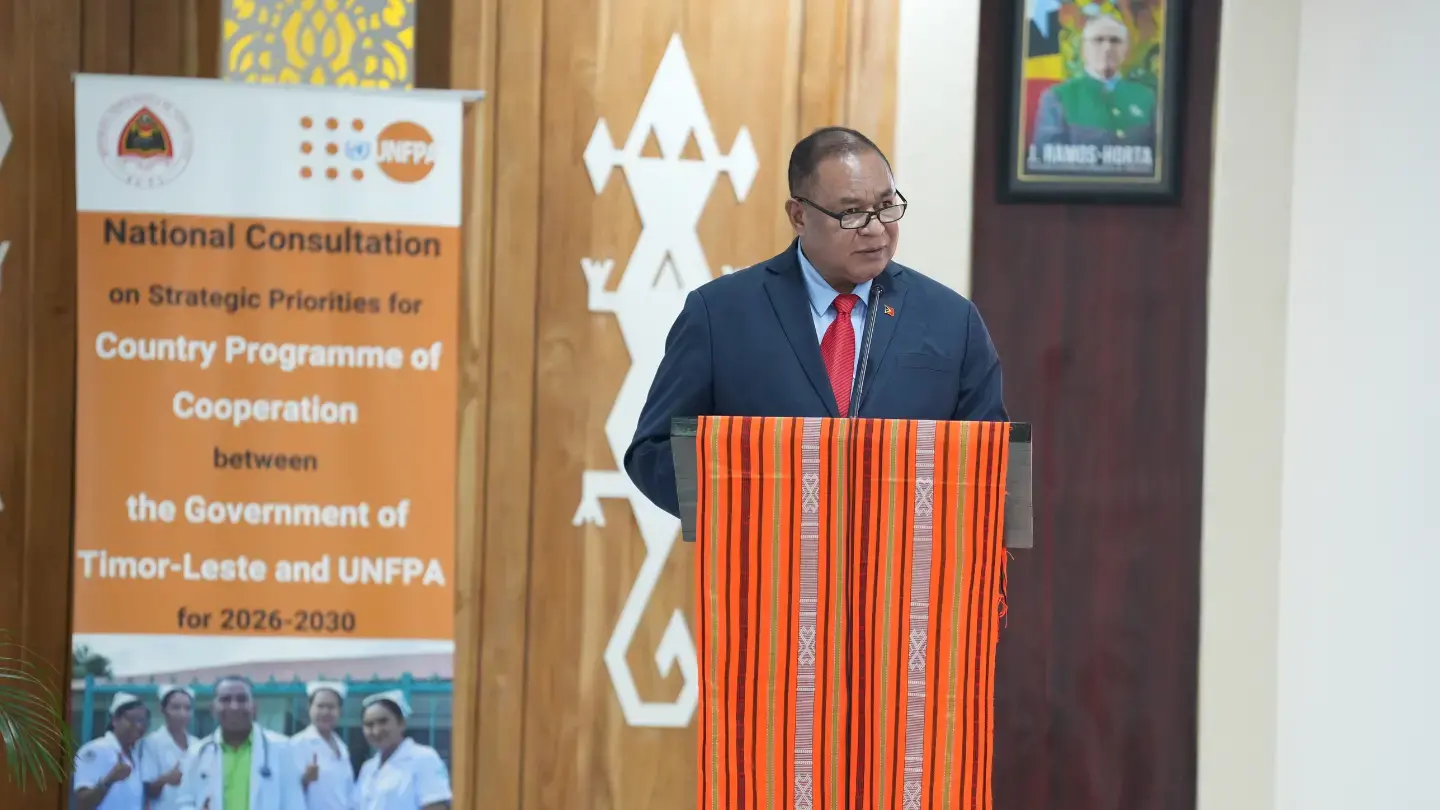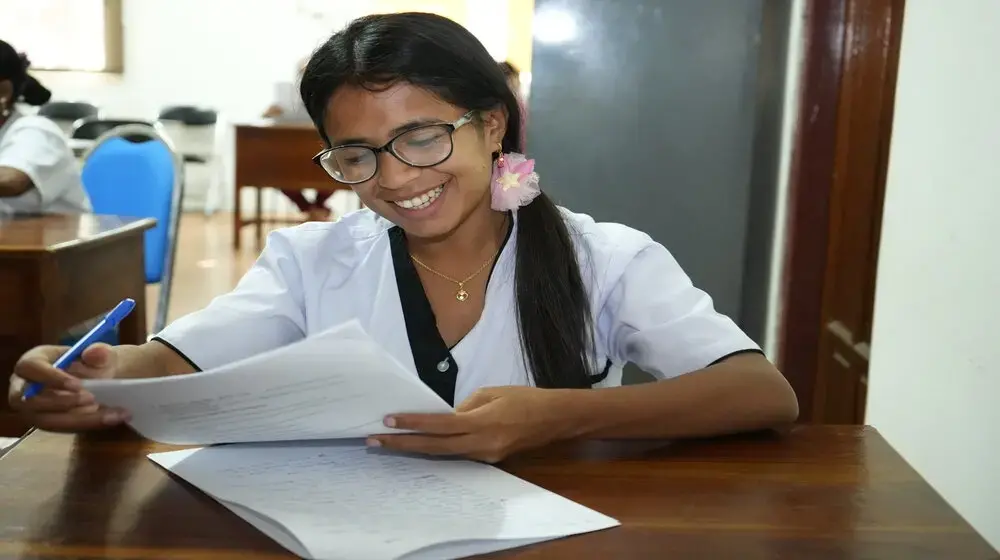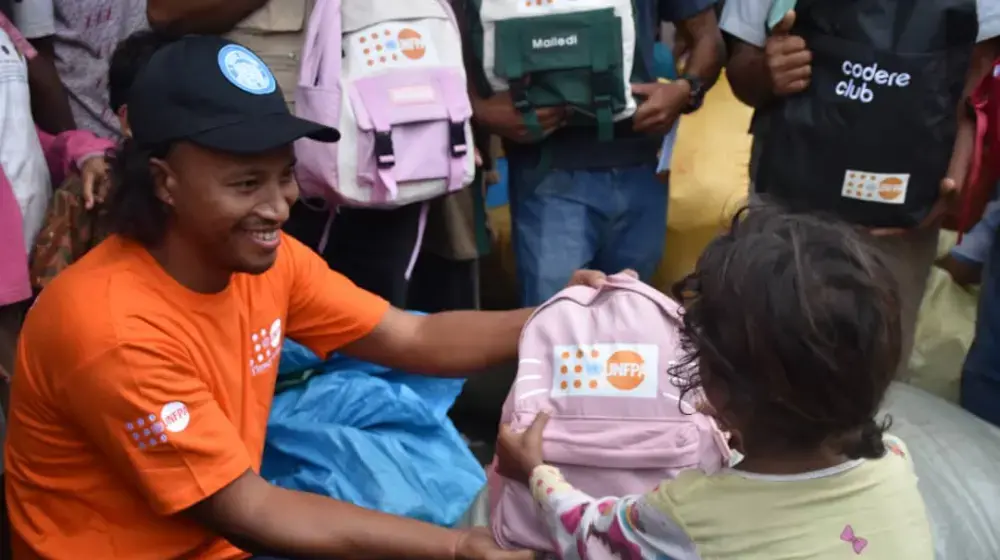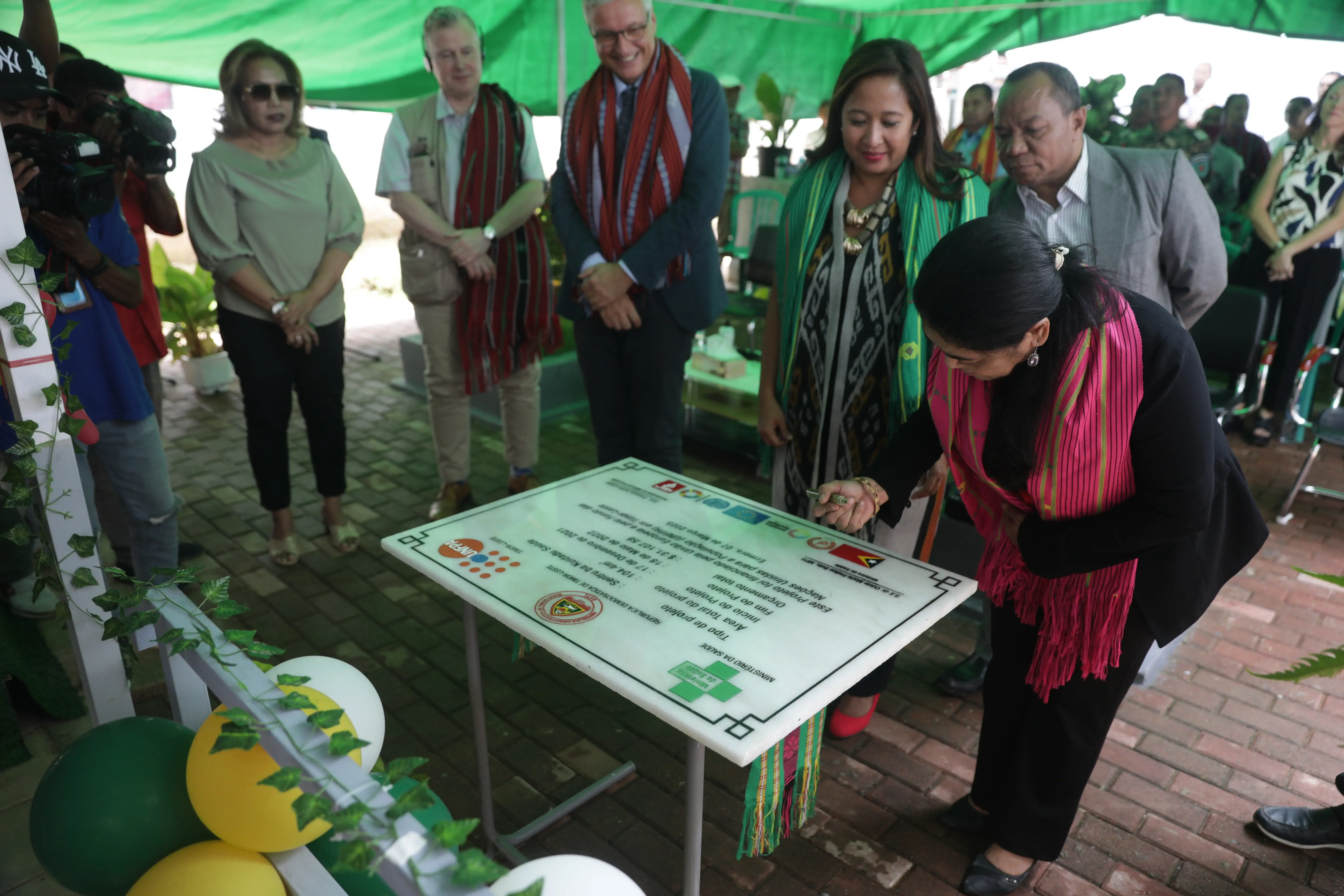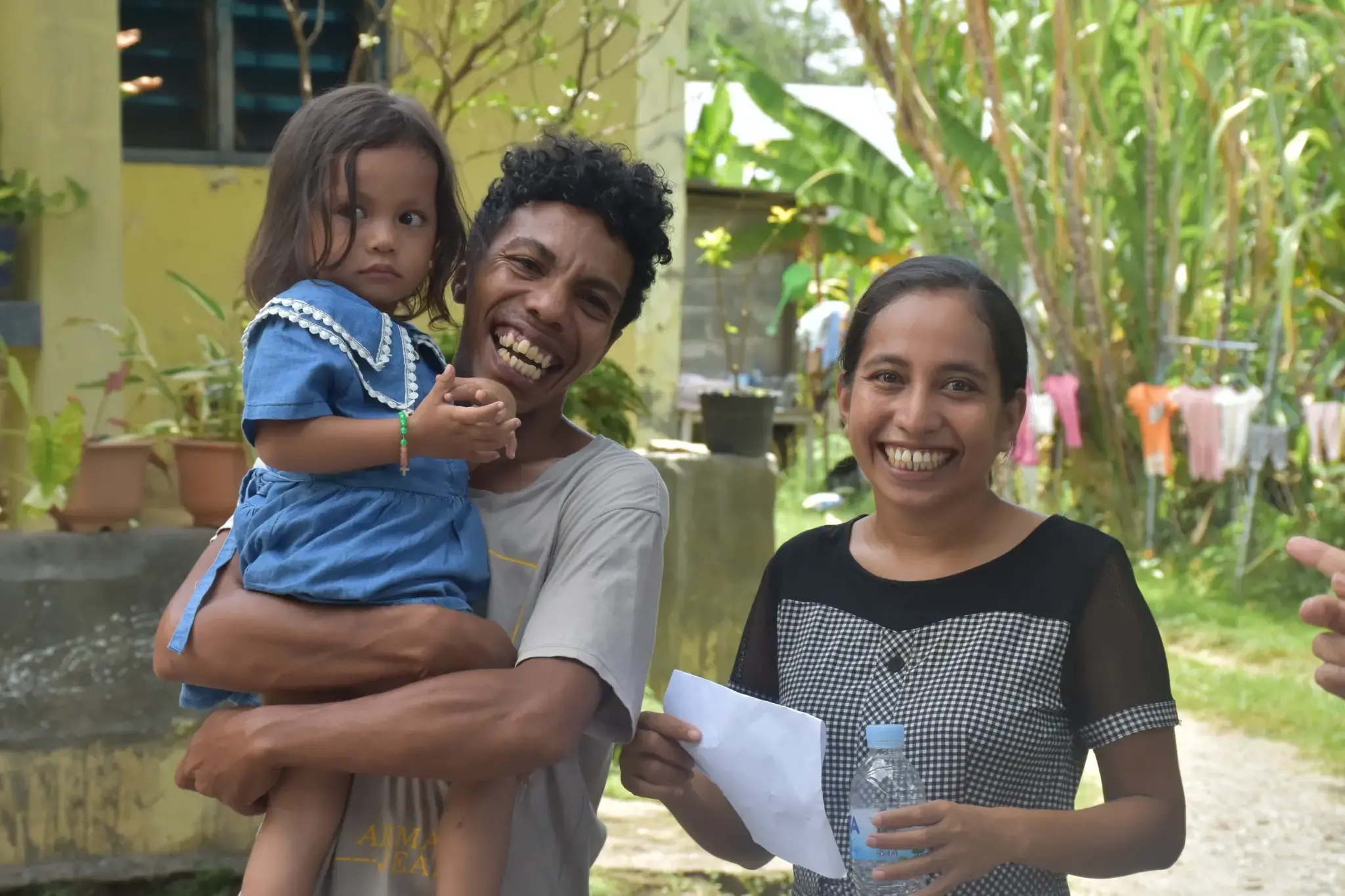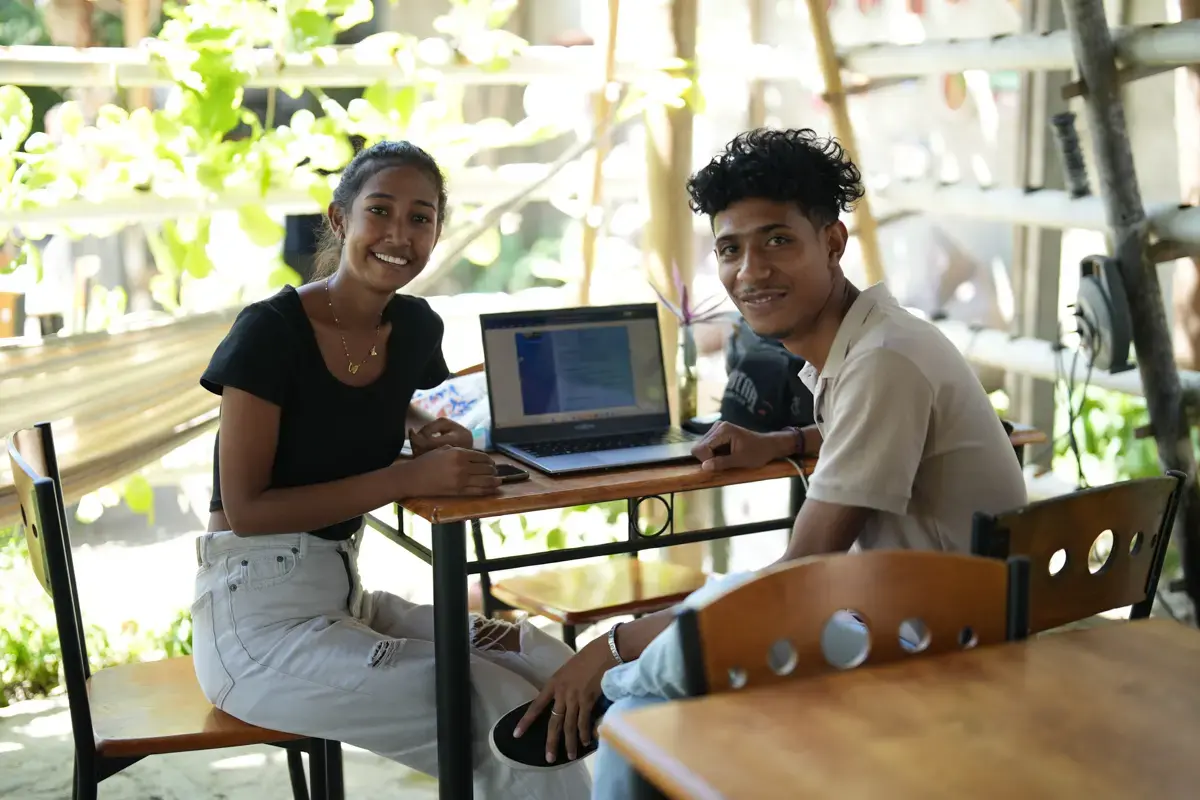HIV prevalence in Timor-Leste increased tenfold among pregnant women (from 0.04 per cent in 2013 to 0.3 per cent in 2018), and STI patients (0.37 per cent to 3.1 per cent) and also increased among other key population groups. Recent data suggests the epidemic is no longer concentrated in key population groups but also in the general population 1. Condom use and HIV testing rates remain low and mainly provider-initiated (only 4 per cent of the total population has ever been tested)2.
Stigma and discrimination has been identified as the main barrier to HIV treatment adherence, and might explain the high number of drop-outs3. Young people are not equipped with the knowledge and life skills to prevent sexually transmitted infections and HIV: comprehensive knowledge on HIV among youth is low (7.7 per cent among women and 14.6 per cent among men aged 15-24 years).4
To eliminate transmission of HIV and reach government targets, continued and accelerated access to HIV prevention methods, including condoms, testing, treatment and care services is required.
UNFPA is working with the Ministry of Health and civil society organizations to increase comprehensive knowledge of HIV and uptake of HIV testing, the latter of particular importance for Timor-Leste to achieve triple elimination of mother-to-child transmission of HIV, Hepatitis B and syphilis. UNFPA is continuing to build capacity of health-service providers to provide high-quality, stigma-free, rights-based integrated sexual and reproductive health and HIV services to all.
In an effort to ensure no one is left behind, UNFPA is also supporting national efforts to ensure key populations – including people living with HIV and uniformed personnel – have improved demand for and referrals to SRH–HIV services, and developing interventions to reduce stigma and discrimination towards people living with HIV.
1 HIV Sentinel Surveillance Plus (MoH, 2018)
2 DHS Timor-Leste (2016)
3 HIV Stigma Index Report (2017)
4 DHS Timor-Leste (2016)


